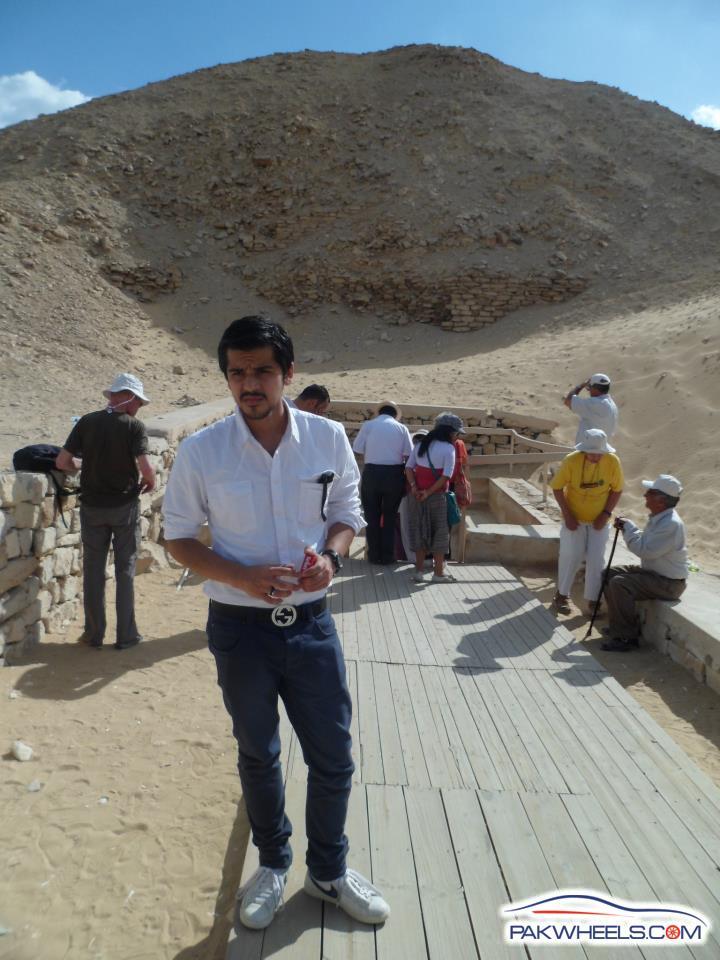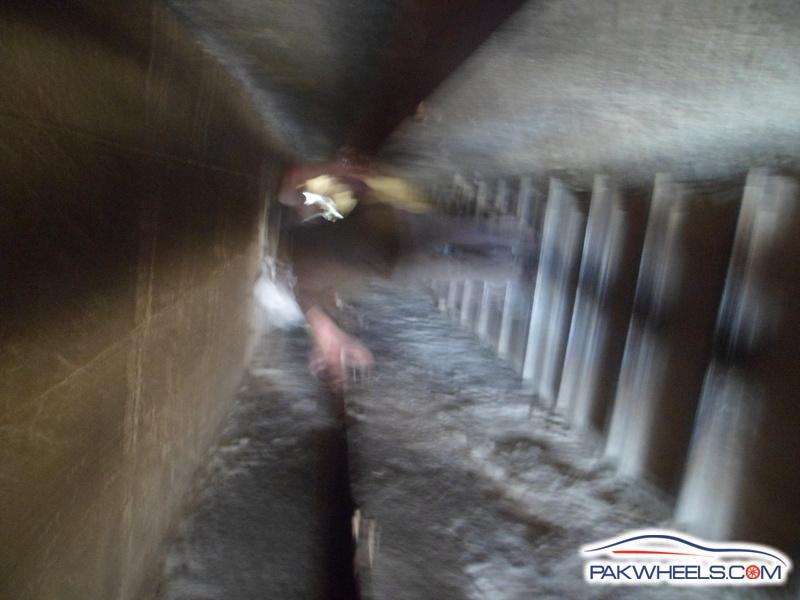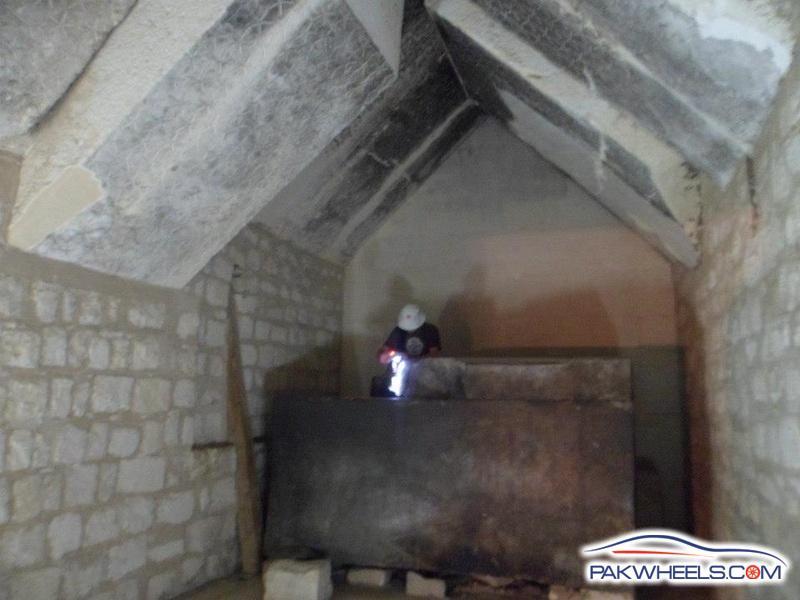
The Pyramid of Teti is a smooth-sided pyramid situated in the pyramid field at Saqqara in Egypt. It is historically the second known pyramid containing pyramid texts. Excavations have revealed a satellite pyramid, two pyramids of queens accompanied by cult structures, and a funerary temple. The pyramid was opened by Gaston Maspero in 1882 and the complex explored during several campaigns ranging from 1907 to 1965. It was originally called Teti's Places Are Enduring. The preservation above ground is very poor, and it now resembles a small hill. Below ground the chambers and corridors are very well preserved.

The horizontal passage leads to rooms consisting of a funeral serdab, an antechamber, and a burial chamber. All three are aligned along an east-west axis.
Access to the burial chambers are located inside the adjoining chapel against the north face of the pyramid. The entrance hallway leads to a long descent of eighteen hundred and twenty-three metres. The entrance was once blocked by a plug of granite now lost. The descending passage was probably clogged along its length by large blocks of limestone that thieves have broken up. The debris still littered the passage at the time of discovery. In the descending corridor is a successive horizontal hallway, a vestibule, another hallway, a bedroom with harrows, a final corridor, and a final granite passage which opens into the funerary apartments of the King.
Detail with the cartouche of Teti
Sarcophagus of Teti
Although looted since ancient times, remains of the king's grave goods were found during the first excavation of the monument. Consisting mainly of stone materials, these objects have been abandoned by looters, probably considered useless or worthless. Thus, a series of club heads with the names of Teti has reached us and one of the canopic jars containing the viscera of the king. The most troubling item found among the debris of the funeral viaticum is the plaster mold of a death mask. The reproduced molding transmits to us the face of a man with eyes closed, mouth slightly open. The expression is striking and it is purported to be an image of Teti making it the only true royal portrait that has survived from the Old Kingdom.
The burial chamber contains an unfinished greywacke sarcophagus, a fragment of a lid and a canopic container that is nothing more than a simple hole in the ground. And for the first time, a royal sarcophagus contains inscriptions, here slightly etched on the hollow interior of the vessel.